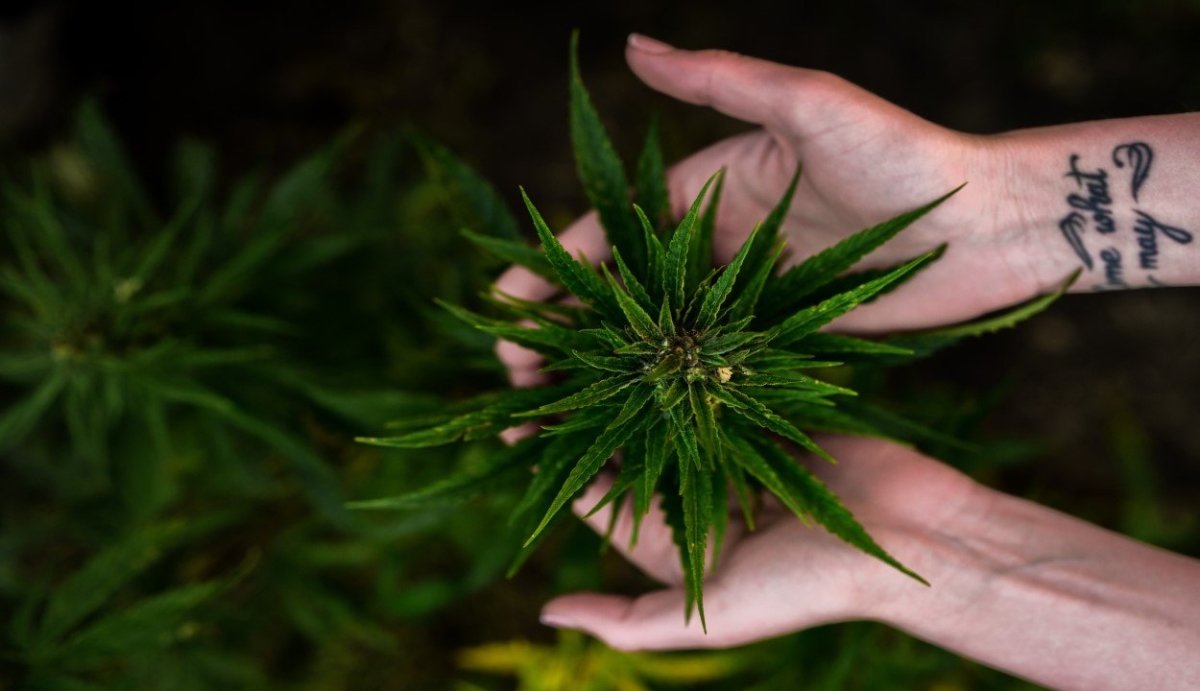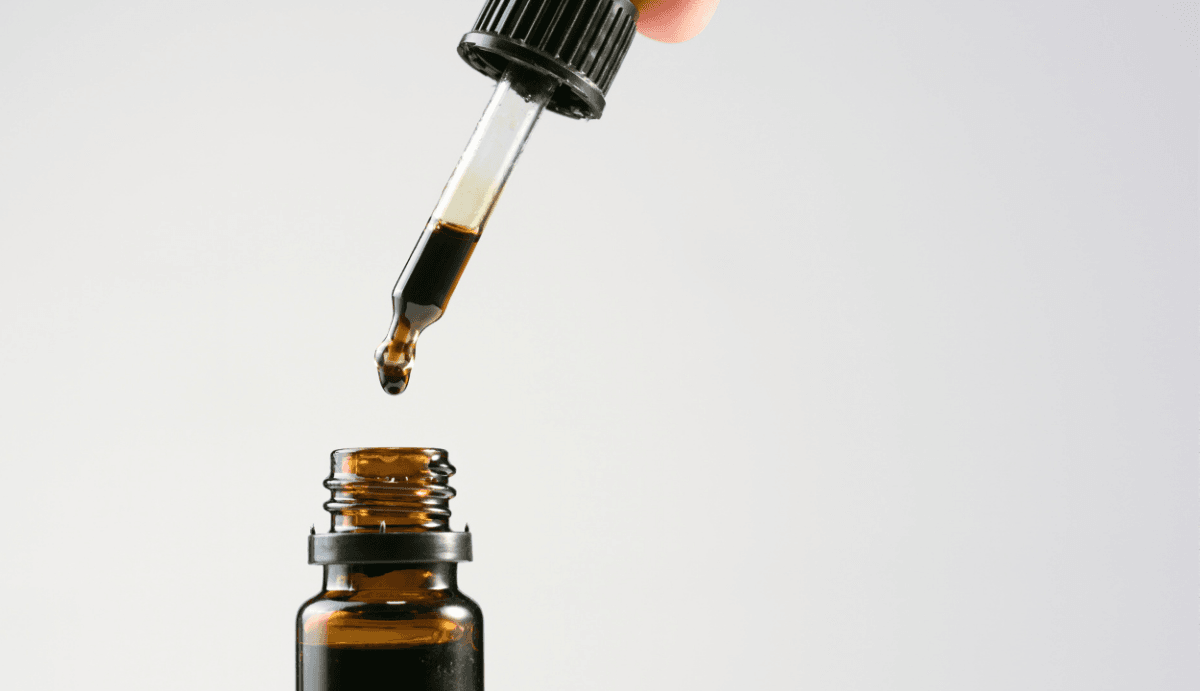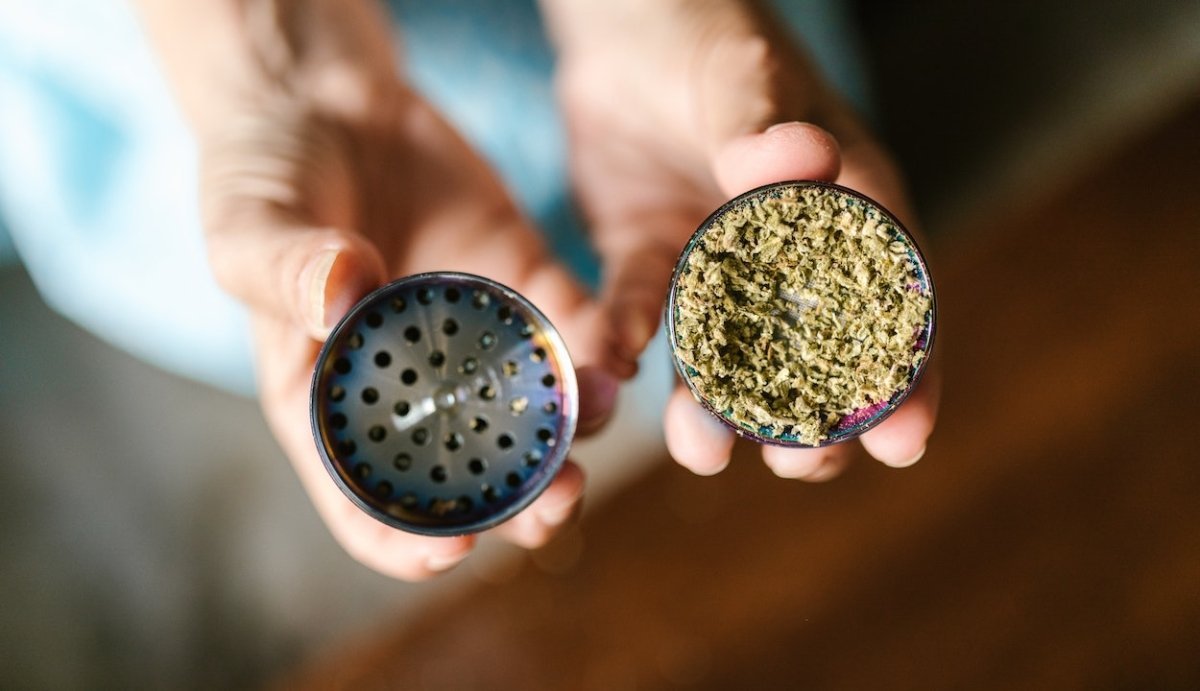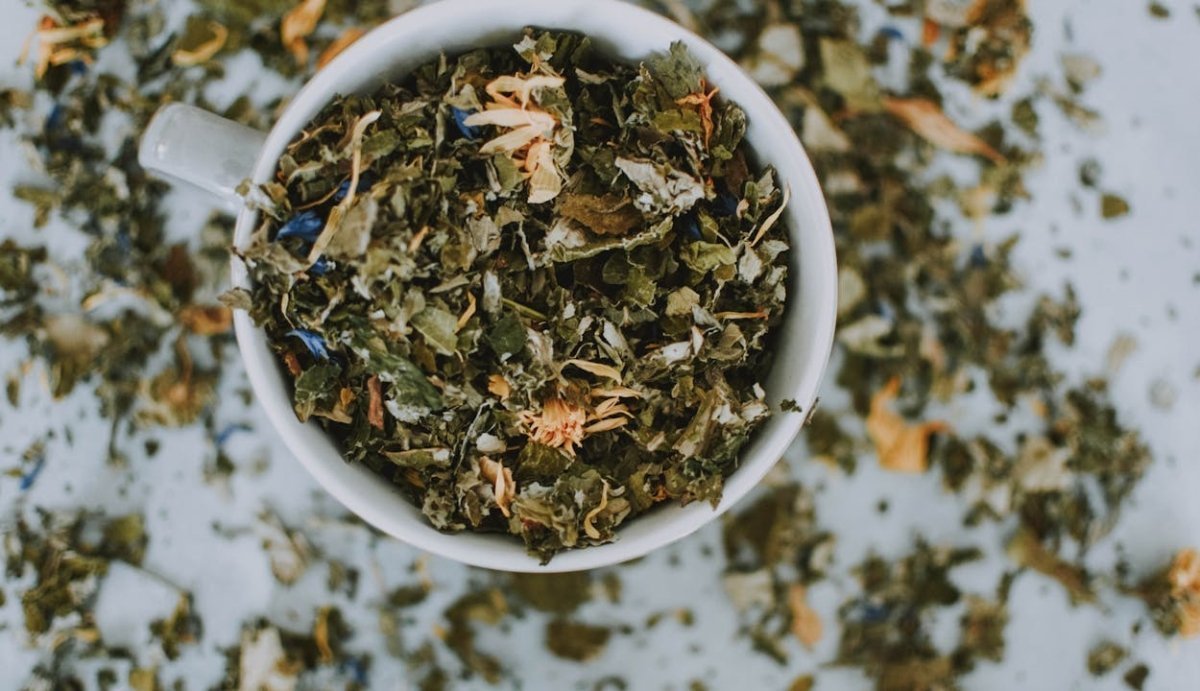Your Cart is Empty
FREE SHIPPING ON ALL ORDERS $75+

Hemp is one of the plants in the cannabis family that's known for its low THC content, long, stalky structure, and fibrous texture.
Unlike "marijauana," the high-THC cannabis product most commonly derived from the Cannabis Indica plant, hemp usually comes from the Cannabis Sativa L. species.
Because hemp has no psychoactive properties, it’s not commonly chosen for recreational use, but that’s not to say that hemp doesn’t have a multitude of other uses.
Many people are proponents of hemp as a renewable resource that can replace several less sustainable crops, while others are focused on the use of hemp-derived cannabinoid supplements as a medicinal or wellness product.
Hemp’s rising popularity brings plenty of questions to the table. How is hemp used? What are the benefits of the growing hemp industry? And, most importantly, is hemp legal to grow and possess?
All good questions! Let’s get started:
Table of Contents
What is Hemp Used For?
Hemp Cannabinoid Uses
Hemp Fiber Uses
Hemp Food Uses
Hemp Skin Care Uses
Why is Hemp So Popular?
Is Hemp Legal?
Hemp vs Industrial Hemp
Resources
Hemp is a plant in the cannabis family characterized by its low THC content and lack of psychoactive effect.
Because of it’s low THC content, hemp has been removed from the Controlled Substances Act and has gained legal status in the U.S. Farmers can now grow hemp legally, and manufacturers can make and sell hemp-based products to consumers.
Hemp has thousands of uses that cover almost every industry. It can be used to make textiles, building materials, paper, plastics, food, health supplements, and more, and is often considered a worthy alternative to wood, cotton, and petroleum products.
Hemp may even be abetteralternative because it is incredibly sustainable. Hemp requires less water, space, and growing time than many standard crops.
Hemp is also the main source of CBD, a popular therapeutic supplement with a wide range of potential health benefits. Hemp oil and CBD are often used in tinctures, foods, gummies, capsules, and beauty products.
The majority of hemp products available today are made from industrial hemp, but industry regulations are low and leave room for things to slip through the cracks. You should carefully verify the source of the hemp products you purchase to ensure that they are made from a legal source.
Hemp has a lengthy history that dates back over 10,000 years. Ancient civilizations used hemp for food and oils, rope making, smoking hemp flower, and more.
In modern society, we’ve discovered even more uses for the hemp plant, and many people believe that this single plant could replace our need for cotton, wood, and other less sustainable crops. Some sources suggest that hemp has more than 25,000 different uses.
The hemp plant is a surprisingly versatile plant. Various cannabinoids can be extracted from hemp's flowers and sometimes even from the leaves, stems, and stalks.
The fibers from the stalks of the hemp plant can be processed into different hemp materials, like fabrics or papers.
Hemp seeds are often used as a food source and have a complex nutrition profile that's earned them attention as a health food. They are also a rich source of hemp oil, which can be used as a food item, but also is a popular ingredient for cosmetic products.
In other words, the entire hemp plant can be used in one way or another, and nothing has to go to waste.
Here are the most common ways that hemp is used:

Cannabinoid extraction has not always been the focal point of the hemp industry, but hemp's primary cannabinoid (CBD) has garnished a lot of attention in the past decade.
According to research, CBD has quite a bit of medicinal potential for treating a variety of ailments ranging from psychiatric disorders to chronic pain and even some chronic illness, but more research is needed in most of these areas.
Only some benefits of CBD have been proven. One CBD based medication, called Epidiolex, has actually gained FDA approval for the treatment of seizures caused by a rare pediatric disorder.
CBD may interact with the body through a complex system of neurotransmitters, called the Endocannabinoid System, that impacts homeostasis, mood, appetite, pain signaling, and more.
Although it is the most abundant, CBD isn't the only cannabinoid found in hemp. Hemp actually contains the same cannabinoids as cannabis (which we now know has varying concentrations of over 100 different cannabinoids), albeit in different concentrations.
The THC content in hemp is low, but there is generally still a detectable amount in naturally occurring hemp plants. Other cannabinoids, like CBG, CBC, and CBN, are also found in hemp.
Some evidence suggests that these minor cannabinoids may have some therapeutic potential on their own, but research is limited.
There's more research regarding the benefits of these cannabinoids when working together, a phenomenon called the Entourage Effect. Proponents of the entourage effect suggest that Full Spectrum CBD is more effective than other formulas because it replicates the cannabinoid profile of the hemp plant and therefore offers more "balanced" and "natural" benefits.
Others suggest that isolated CBD is better because it offers more powerful doses. Although there is limited evidence on both sides, the cannabinoid industry covers all corners, including full spectrum and isolated formulas. These formulas are used to make many different types of CBD products, like tinctures, gummies, edibles, topicals, and more.

The hemp stalks are made up of finely woven, durable fibers that have been used for centuries for rope making, basket weaving, and various textile applications. Hemp was frequently used to make sail canvas, and the term “canvas” actually derives from the name “cannabis.” In modern times, the fibers are used to make fabric, paper, building materials, and more.
Fabric can be made from pure hemp fibers, and it typically has a look and feel that is similar to linen. Hemp fabrics hold dyes well and are incredibly durable, which makes hemp a good choice for clothing, shoes, and handbags, as well as other consumer goods like curtains, dog collars, and various homewares.
Paper can be made from a hemp pulp made from hemp fibers. Hemp paper can be made to fit the needs of different applications, ranging from thick, durable hemp-based cardboard to thin hemp papers, like the hemp rolling papers commonly used to roll cannabis flowers. Hemp may also be able to replace common household paper goods, like toilet paper and paper towels.
Building materials made from hemp date back centuries, but modern technology has made hemp-based construction materials incredibly popular. Hemp fibers can be used to make a composite material that is similar to wood. It can also be mixed with lime to make “hempcrete” blocks, which are similar to concrete.
Some hemp building materials have been designed to be resistant to high temperatures and open flames, and many people choose hemp to build their natural home because it is a cost-effective and durable natural option.
Plastics and composites can be made from hemp, but they generally require other materials. Composite panels for automobiles are sometimes made from a mixture of hemp, fiberglass, flax, or other fiber. Hemp-based plastics are gaining popularity as an alternative to petroleum-based plastics, but limited supply is currently a deterrent for many manufacturers hoping to switch to hemp packaging.

Hemp being used as a food source also dates back to antiquity, and today hemp is commonly revered as a “health food” today because it is high in protein and essential fatty acids.
Hemp seeds are usually the only part of the plant used as food. Seeds can be hulled and eaten raw, cooked into foods, or used as a protein-packed addition to cereal, salads, granola, and more!
Hemp oilcan also be extracted from the hemp seeds, which contain about 35% oil by weight. The oil can be used as a cooking oil, to make dressings and sauces, or just drizzled on top of meals to boost the healthy fat content.
CBD edibles can also be made from hemp-derived cannabinoids, and they may or may not also include hemp oil or hemp seeds as an ingredient.

The oil extracted from hemp is also frequently used in beauty products and cosmetics. Hemp oil and cannabinoids, like CBD, may be used in therapeutic topicals.
Beauty products may include serums, oils, moisturizers, exfoliants, and more made with hemp oil as a primary ingredient. Hemp oil is considered a “luxury” ingredient in many cosmetics that offers a powerful boost of antioxidants and essential fats. Many brands propose that hemp oil can help reduce signs of aging, provide necessary moisture without clogging pores, and help minimize damage caused by free radicals.
Cannabinoid topicals may or may not include hemp oil, but usually include CBD or another cannabinoid as their primary component. These topicals may include sports rubs, salves, and other therapeutic topicals designed to help relieve pain and combat skin ailments, like rashes, acne, and abrasions.
Over the years, countless uses have been discovered for hemp, but there are a few key motivators for those discoveries. Hemp is an incredible crop that’s often labeled as a “super food,” but it's super for more reasons than its nutritional profile.
Hemp is a highly sustainable crop.
In general, hemp is far more sustainable than many of the crops it may replace, like lumber or cotton. A study from the Stockholm Environment Institute suggests that the ecological footprint from producing one ton of spun fiber from hemp is nearly half of the footprint from producing the same amount of cotton.
Hemp requires very little water.
Hemp requires up to 50% less water per growing season than cotton, and the fabrics made from hemp fibers are considered to be more durable and longer lasting.
Hemp is easy to grow.
Hemp can be grown in various climates and hemp crops can be grown in most areas of the U.S. Hemp is also a naturally pest-resistant crop, meaning that it can be grown without the need for harsh pesticides, which is a factor in its reduced environmental impact and reduced production costs.
Hemp grows quickly.
A cotton crop takes anywhere from 150 to 180 days to reach maturity, but a hemp crop can be produced in less than half that time—around 60 days to peak harvest for hemp fibers. Alternatively, hemp can be used to replace some wood and paper items, which require lengthy grow times.
Hemp is compact.
Hemp also occupies less space than other textile crops. Approximately 1500 pounds of fiber can be harvested from one acre of hemp. The same amount of cotton would require three times as much space.

The legality of hemp has always been a controversial topic and the laws surrounding hemp crops, hemp-based products, and cannabinoid products can be hazy. For several decades, hemp was legally defined as “cannabis,” which is categorized as a Schedule I substance—meaning that illegal possession can carry the same weight as heroine, LSD, or peyote.
However, updated legislation separates hemp from this category, removing hemp from the Controlled Substances Act. The 2018 Farm Bill officially recognized “industrial hemp,” or hemp material containing less than 0.3% THC, as a legal crop. The Hemp Farming Act of 2018 also extends the legal status to hemp’s naturally-derived components, including cannabinoids and terpenes.
That means that there are no federal laws in place to prohibit the public from growing hemp crops, extracting hemp cannabinoids, or producing other hemp-based materials, so long as the hemp meets the requirements to be classified as “industrial hemp.”
Still, CBD and other hemp-derived cannabinoids used in food and supplements currently stand in a legal gray area. There is no FDA guidance available for manufacturers working with hemp or CBD. In other words, hemp is legal, but mostly unregulated.
Still, the new legal status of hemp serves multiple important purposes. Now, hemp and cannabinoid products are legal to buy and sell in the U.S., including online, which makes it easy for people to access non-psychoactive hemp products even in states where cannabis is inaccessible.
Because hemp is now legalized on a federal scale, hemp farmers are now able to seek federal protections and benefit from other agricultural safeguards extended to other crops. That means that growing hemp in the U.S. is more attractive than ever.
Although the industry is still working out it’s kinks, hemp production is expected to expand rapidly in the next decade, hopefully leading to an increase in hemp-based textiles, construction materials, plastics, and more.
Because the law specifically defines legal hemp as “industrial hemp,” consumers often worry about whether their hemp or CBD products come from a legal source. In other words, is all hemp “industrial hemp,” or are some hemp sources considered illegal?
The answer isn’t as straightforward as you may have hoped, but generally yes, the term “hemp” is used to refer to plant material that can be classified as industrial hemp.
However, there are many strains of cannabis and hemp available, with new strains being created constantly, so it’d be irresponsible to say that all hemp meets the THC requirement of legal industrial hemp.
Multiple growth factors can also impact the THC content of hemp during production, and it’s not unheard of for manufacturers to have to “burn” the yield from their crops because the THC content reached an illicit level.
Plus, some products that seem to be derived from hemp (like CBD products) may actually be derived from the CBD content found in other cannabis strains, which would make the products illegal in many areas.
For cannabinoid supplements that may contain THC, you can usually look for test results to ensure that the THC content is below acceptable levels before you buy. Another way to ensure that hemp comes from a legal source is by looking for hemp that is grown according to state pilot programs, or hemp that has a state certification of some kind.
Generally, though, manufacturers are careful not to allow their hemp to reach unacceptable THC levels in order to protect their own interests and investments. Most CBD products or hemp food products available today come from a legal source.
Comments will be approved before showing up.



